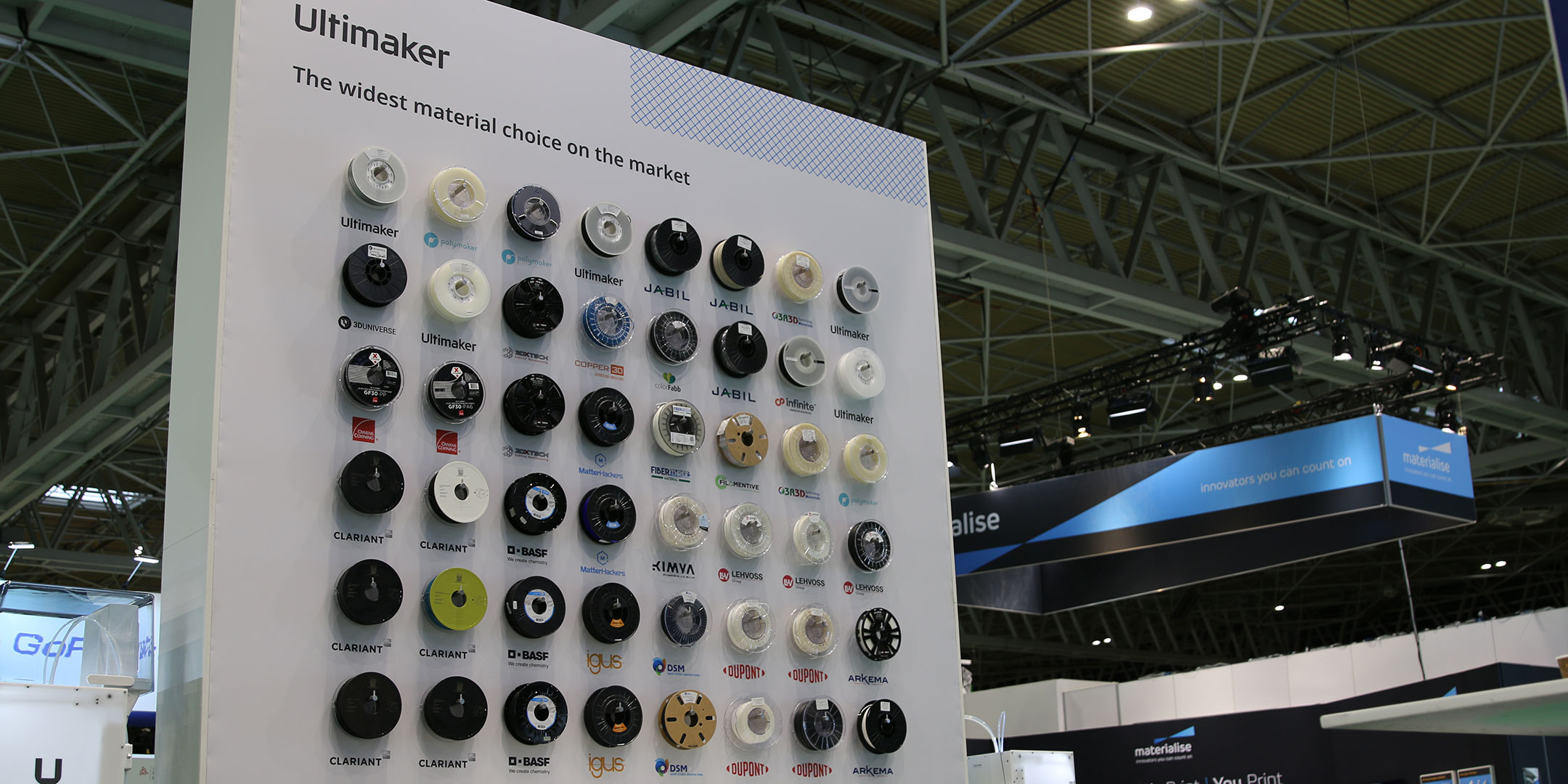Electrostatic discharge (ESD) is commonly known as “static electricity.” These discharges occur when an electric charge is built up then transferred to another object, often accompanied by a visible spark. This can cause product defects or lead to unsafe circumstances.
Why are ESD-safe materials important?
Because ESD-safe materials reduce the discharge of static electricity, they can prevent damage to products. Should ESD occur during a production or manufacturing process, there lies the potential for costly delays or repairs. Creating ESD-safe areas – either by taking precautionary measures or by using materials that are themselves ESD-safe – can save time and money, as well as increase the efficiency of workflows and operations.
Where are ESD-safe materials commonly used?
ESD-safe materials are predominantly used in the manufacturing of electronics. In such an environment, where sometimes thousands of electronics are created each day, custom jigs, tools, and fixtures are often required, each serving a specific purpose in a specific device’s or component’s creation.
Thomas Collet, head of 3D Printing Materials at LEHVOSS Group, adds:
[Additionally], housing, and jigs and fixtures used in labs need to be ESD-safe. There are really quite a few applications for which ESD-safe materials are appropriate.
When printed with ESD-safe material, parts can be used safely and without worry, ensuring that your results are quality, on-time, and cost-effective.
'ESD-safe' refers to materials that reduce the discharge of static electricity
What else should you know about ESD-safe materials?
Base material is key. ESD-safe materials are created by combining an optimized base material – often ABS, PLA, PET-G, or PC – with an additive. The base material will determine the properties of the finished part, such an flexibility or strength. This means choosing the right base material for your application is an important decision. For example, discover the difference between ABS vs PLA
Additives matter. Common additives used to create ESD-safe print materials are carbon black, which is affordable, and carbon nanotubes, which is known for its efficiency, as it has only a small effect on the properties of the material used. In any case, it is important to weight the pros and cons of an additive before selecting it for your use-case
Antistatic, insulating, and ESD. These concepts are often confused. “Antistatic” refers to the prevention of sparks and explosions. “Insulating” refers to protection against electrocution. ESD-safe meanwhile, refers only to the protection of products. Knowing the difference between the three is essential to workplace safety
Ensure correct print settings. While simply using ESD-safe materials when 3D printing is already beneficial to certain applications, using the right print settings can enhance a material’s effects – sometimes increasing the degree of ESD protection
Ultimaker’s ESD-safe material partners
The material companies that provide ESD-safe materials on the Ultimaker Marketplace have tested their materials extensively to ensure that customer gets the correct ESD-safe properties after printing.
This Arduino board holder was printed in ESD-safe PET-G on an Ultimaker S5
Kimya
Kimya ABS-ESD Natural is ideal for applications that require protection against electrostatic discharge. It is impact-resistant, easy to print, and has a high stiffness.
“Kimya ABS-ESD Natural is different from other materials, as additives must be added to the raw material,” Stéphane Cauliez, Business Development Manager Central & Northern Europe for Kimya/Armor Group, said. "But this doesn't affect the quality of the material; surprisingly on the contrary – it seems that some customers prefer ABS-ESD to ABS standard because of the nice printability."
This casing for an electronic card was created with spaces for plugins. It was printed in Kimya's ABS-ESD Natural, and protects the card inside from other electronic components that may be nearby
LEHVOSS Group
LEHVOSS Group LUVOCOM 3F PAHT® CF 9891 BK s a high-temperature, carbon fiber-reinforced, polyamide-based material. It provides high strength, stiffness, and minimized water uptake. It has a tensile strength of up to 130 MPa and is temperature-resistant up to 160 °C.
LEHVOSS Group LUVOCOM® 3F PET CF 9780 BK is the easiest carbon fiber-filled PET material to print on the market, with excellent mechanical properties, including high Z-layer strength. It has a tensile strength of up to 80 MPa, is temperature resistant up to 125 °C, and features low water uptake.
Interested in learning more about Ultimaker’s ESD-safe material partners? Visit the ESD-safe materials page on the Ultimaker Marketplace
Additionally, you can explore Ultimaker’s range of 3D printers that are compatible with ESD-safe materials.























